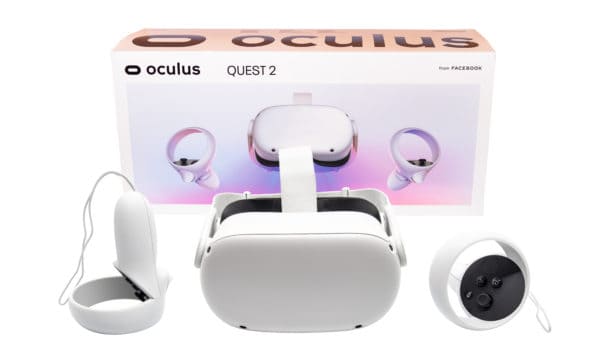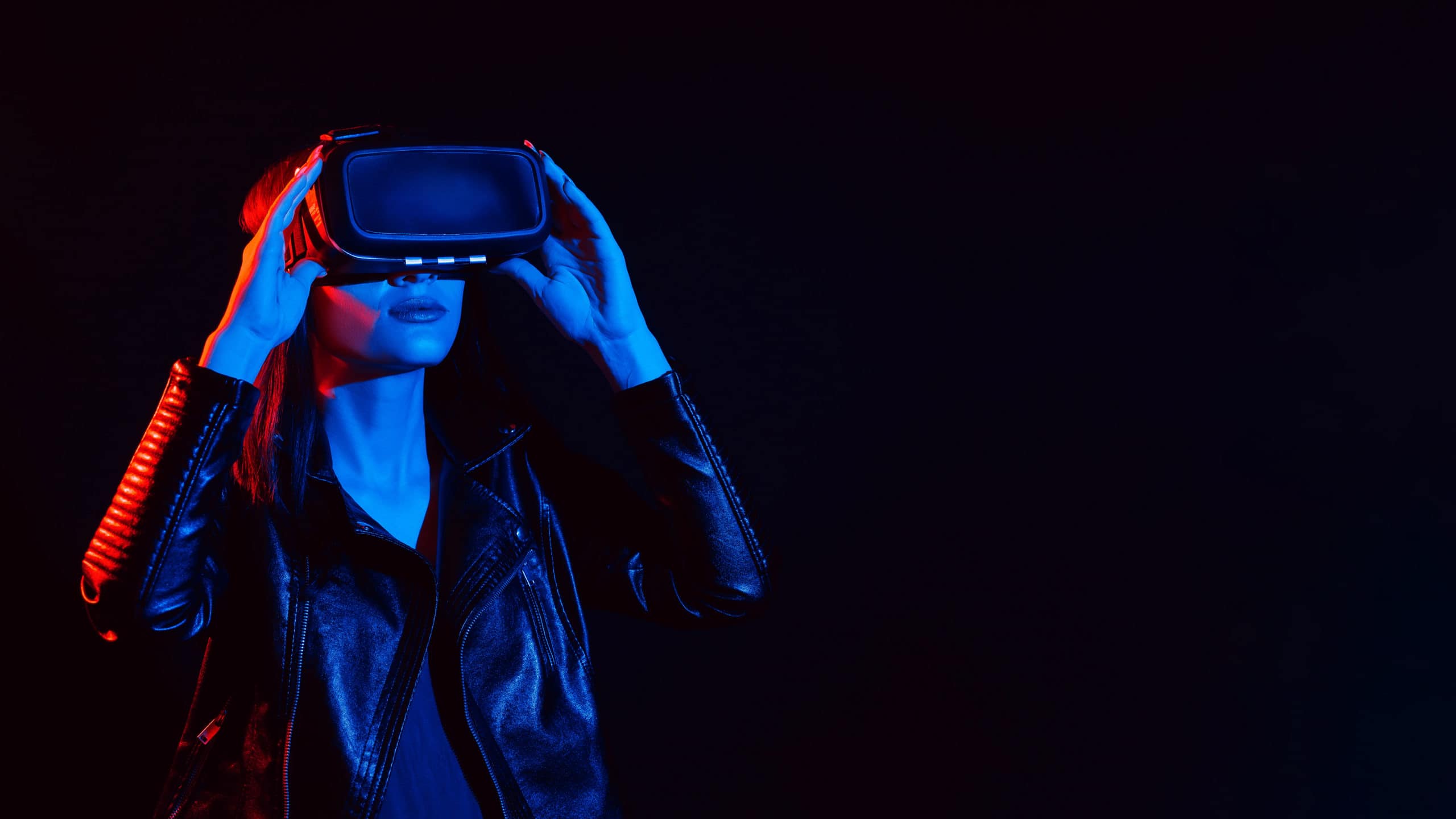Virtual worlds have become a new frontier in several industries. Hence, extended reality is stepping in towards shaping the future.
We have been overwhelmed by a ménage of technologies like virtual reality (VR), augmented reality (AR), mixed reality (MR), and now extended reality (XR).
XR is a concept that is used to describe all the real-and-virtual mixed environments along with human-machine interactions produced by computer technology and wearables. It has a wide range of applications, including in the entertainment, gaming, engineering, manufacturing, healthcare, education, business, marketing, law enforcement, and tourism industries. Due to its anticipated applications for the future, it is exhibiting an accelerated rate of growth since its emergence.
The Evolution of Extended Reality
Since the 19th century, it took a series of evolutions for the XR to reach where the technology is today. In the 19thcentury, panoramic paintings were introduced, intending to present viewers with enhanced view and comprehension of historical paintings. Let’s fast forward to 1968, where the first VR reality display, known as “Sword of Damocles”, was invented. Even though it was huge and inconvenient, it served as a foundation for today’s success in creating the XR technology.
Throughout the whole century, several versions of VR sets were invented. The earliest versions were invented with an intention to serve as flight training simulators. Soon after, the energy and automobile design sectors included VR applications in their operations that required simulations. At that time, VR required large super computers, which took up large spaces and costed a lot. However, in the mid-90s, affordable VR headsets became available for home use.
Fast forward again to 2010, when the prototype for the “Oculus Rift VR headset” was created.

The invention provided a huge momentum for the advancement of XR technologies. Several tech companies, including Sony, Samsung, Google, and Microsoft, released products that adopted VR, AR, and MR. Eventually, all the combined efforts gave birth to the XR technology. Since 2020, XR applications have been widely used in the manufacturing, education, healthcare, construction, and even law enforcement sectors.
Applications of Extended Reality
The most important priority for most businesses seems to be retaining their clients through creating the best possible customer experience. To do that, businesses are increasingly leveraging technological advancements in order to expand their business domain and enhance their customers’ experiences. XR appears to have the potential to play a considerable role in creating the best user experiences as it can provide a more interactive means of customer service and marketing.
Since the emergence of affordable VR headset, the entertainment industry has provided a simulated experience in music, movies, sports, and other entertainment events. The VR is one of the most praised tools in the entertainment world. However, people would still love to have an even better entertaining experience. The XR seems to be doing a great job for that. It creates a more engaging and immersive experience.
When it comes to education and training, students and trainees in fields that require illustrative practices benefit from the enhanced illustrations that can be offered by XR technology. Similarly, people in fields of professions that involve creativity, illustrations, and designs would have a better opportunity to present their handy work.

What else? By allowing people to have virtual tours, XR technology can improve tourists’ experiences by providing digital tours to their desired destinations without the need to buy plane tickets, reserve hotels, or pay for other associated costs.
Creating New-Age in Technology
Just like any other emerging technologies, XR has also struggled to be adopted by several industries in its earliest ages. The lack of confidence in its possibilities for applications and range of uses is made investors not to incorporate XR in their businesses. However, due to the growing demand for remote work, virtual meetings, online schools, and virtual training, the necessity for XR technology is becoming more comprehensible.
The future of XR is already promising a future where immersive experiences will change our daily lives. According to Prescient and Strategic Intelligence reports, the XR market was valued at USD 18.6 billion in 2019 and is expected to grow at a compound annual growth rate (CAGR) of 48.3 percent between 2020 and 2030. The report also included that the major drivers behind this growth include the rapid adoption of 5G, VR/AR, smartphones, and connected devices; the rising number of collaborations and partnerships; and the growing emphasis on gesture-based computing.
XR, along with the rapidly advancing technologies: artificial intelligence, machine learning, blockchains, and cryptocurrencies, is expected to revolutionize the way we live, work, and interact with each other. In a not very distant future, XR is anticipated to offer a metaverse where people spend most of their waking hours inside the metaverse rather than in the actual world. Bottom line is, as XR technology keeps advancing, it’s also ushering people to a new age of possibilities in technology.
Photo: alexkoral/Shutterstock
You might also like:
Support us!
All your donations will be used to pay the magazine’s journalists and to support the ongoing costs of maintaining the site.
Share this post
Interested in co-operating with us?
We are open to co-operation from writers and businesses alike. You can reach us on our email at [email protected]/[email protected] and we will get back to you as quick as we can.









